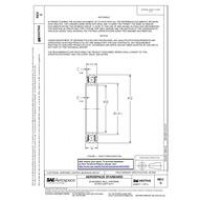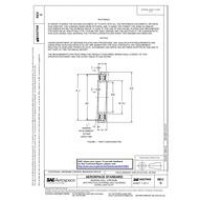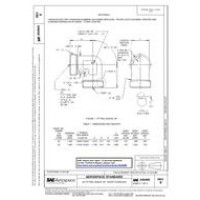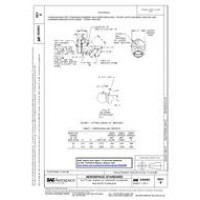IEEE 202-1954
- IEEE Standards on Television: Methods of Measurement of Aspect Ratio and Geometric Distortion
- standard by IEEE, 11/30/1953
- Category: IEEE
$51.00
$26.00
 PDF
PDF
All of our standards document are available in PDF (Portable Document Format), an electronic, downloadable format.You will be able to download the file in your account downloads.
 Multi-User Access
Multi-User Access
After purchasing, you have the ability to assign each license to a specific user.
 Printable
Printable
At any time, you are permitted to make printed copies for your and your members' reference use.





